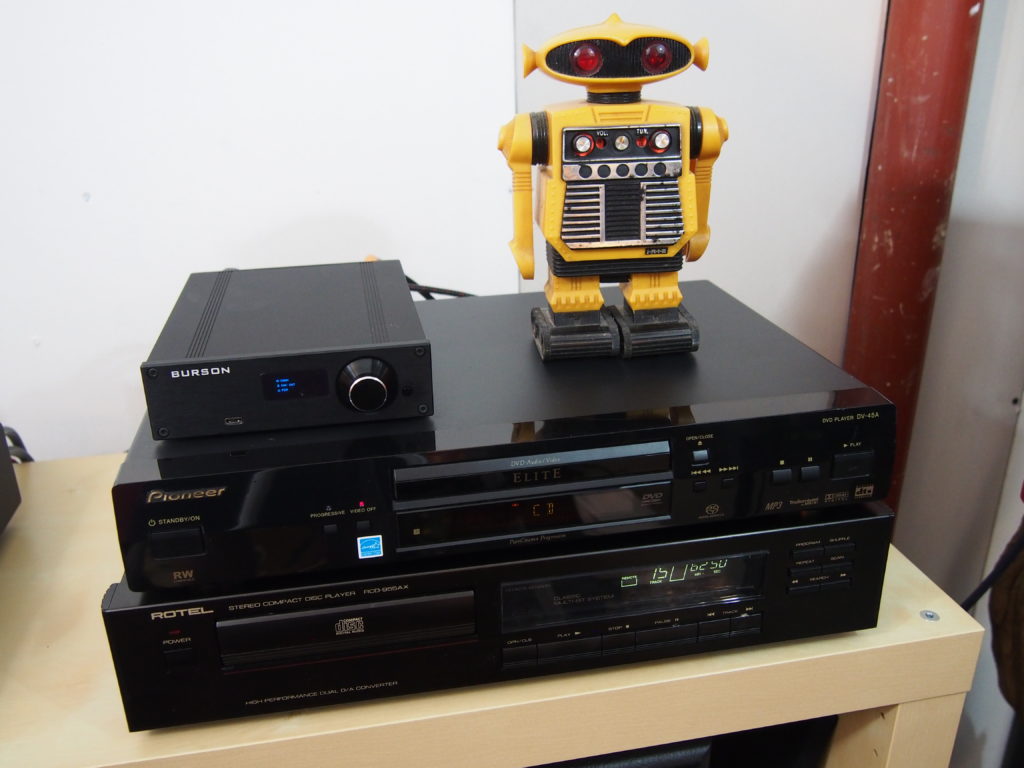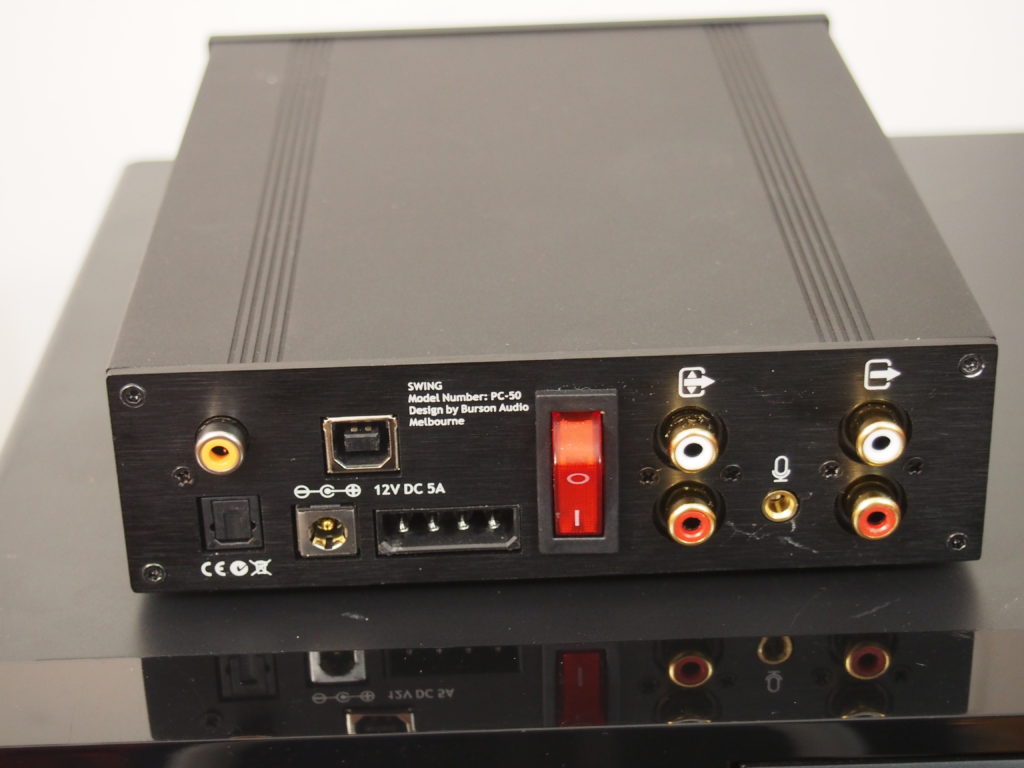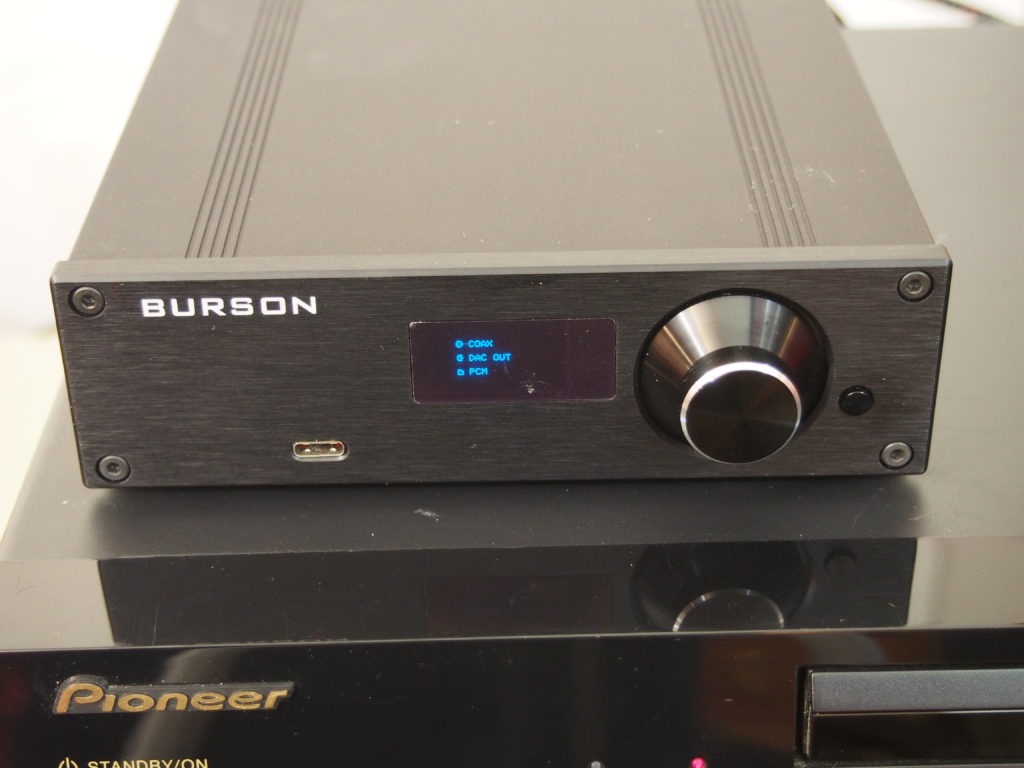It’s been a very difficult year for Australia, beyond the shadow of a doubt. When fires erupted in New South Wales in November 2019, few of us could imagine the devastation that would take place. By February of 2020, 25.5 million acres had burned, making it one of the most catastrophic fires on record. The smoke from the blazes reached New Zealand, over 1,000 miles away. Effects were truly global, as firefighters from all around the world flew in to fight the flames.
In the most southern region of New South Wales lies Melbourne, where Burson Audio has been based for 20 years. While the name may be new to you here in the states, I am seeing more of their products at audio shows and have heard them paired with great couplings such as Audeze Headphones. And now, I have secured their Swing DACs for evaluation in my own listening room.

Unboxing and Setup
There are pros and cons to the unboxing and setup process. The packaging is attractive, and the Swing comes complete with the DAC, outboard power supply, and even a couple of quality cables (an RCA interconnect and a USB interconnect). What it lacks is any sort of manual. This proved to be a source of frustration later as I set up the Swing.
Connections allow for a Toslink (optical), SP/DIF (coaxial), and USB. There are outputs for both fixed and variable. Yes, the Swing can be used as a preamp, should you choose. Though this increases the versatility beyond just a DAC, I am only using the Swing as a fixed output DAC with both the TOSLINK (from my Pioneer Elite) and the SP/DIF (from my Rotel) for this review.
To choose inputs, there are two controls on the front. This is neither comprehensive nor intuitive. Remember how I mentioned there was no manual? There is also no manual online, either. It took some work, and a few choice inappropriate words before I got the hang of selecting and saving inputs and outputs. Even then, the unit seemed to fight me at first. After a 15-minute struggle, I finally had sound. Eureka!
And what a sound! Immediately, there was an improvement over the Schiit Modi 2 Uber I had just removed from the system. The bottom end opened right up, and the breadth and spaciousness increased. Since the Swing was brand new, it needed some adequate break-in time.
At first, I used the optical/Pioneer Elite setup. After a couple days, I switched the DAC over to the coaxial/Rotel setup, where it has remained. Both systems have yielded wonderful results.

Let’s get into what the Burson Swing is. It is a compact DAC, priced at $399, though there are upgrades available to the opamps that will increase that price tag. It utilizes the SABRE 32/ESS9038 chip. For those of you into streaming and using the USB input, it will play PCM 32 bit/768 kHz and DSD 512 audio files. The outboard power supply is the Burson Max Current power supply, which helps keep things quiet and well out of the way, sending 12v to the unit.
Listening
Through the Rotel RCD-955AX CD player’s coaxial output, Rodrigo y Gabriela’s incredible interpretation of Pink Floyd’s opus “Echoes” sounds immense. There is proper separation between the hard-panned guitars, yet I can feel both instruments meeting in the middle of the room. As the two musicians pound on their Yamaha guitars, that low end that opened up right away comes shining through. At 4:54 into the song, a pick scrape down a string is well-defined. I get goosebumps up my arms over the openness at the 7:00 mark. At 10:40, as the song descends into a spacy retreat and the dynamics come in and out, the Swing becomes a true performer. Demonstrating a low noise floor and tremendous blacks, the dropouts in between the notes become as great as the high spots.
If you read my 45th article a couple months back, you may recall I pulled out all my 45 records and had a great deal of fun exploring that medium. I wanted to include the song “Conquistador” by Procol Harum in the review but discovered that my copy was just too trashed. I acquired the CD and am playing it now. Again, the Burson Swing opens up the bottom end on this track, making it a fuller experience than I heard in another system. Organ sounds remarkably lush, as do the horns that come in over it.

I would be remiss if I wrote an article on any Australian piece and didn’t play AC/DC through it… loudly. It just wouldn’t be proper. That may not be “audiophile,” but it’s very musical, let me assure you. As I sit here rocking “Walk All Over You,” as a guitar player, I know exactly what I’m listening for. I can hear precise definition in both Angus’ and Malcolm’s guitars. Old AC/DC isn’t nearly as sloppy or greasy as you might think and there’s real production value here. Right now, I’m hearing every string and lick clearly, Malcolm’s Gretsch to my left, Angus’ SG to my right.
Wrapping it Up
The Burson Swing is just that. It’s a real swinger. While it may be a bit of trick to set up and sometimes frustrating to switch, it’s a true performer, giving far more sound than its price suggests. It’s certainly more fun than a vegemite sandwich.
Associated Equipment
Pioneer DV-45A SACD/CD player
Rotel RCD-955AX CD player
Quad Vena II Play Integrated Amplifier
Usher SD-500 Speakers
Canton AS 22 SC subwoofer
Blue Jean Cables coaxial interconnect
Audioquest Toslink interconnect
Audio Art IC-3 analog interconnects
Audio Art Power1 ePlus 1.5m Power cable (amp)
Audio Art SC-5 speaker cables